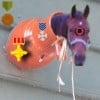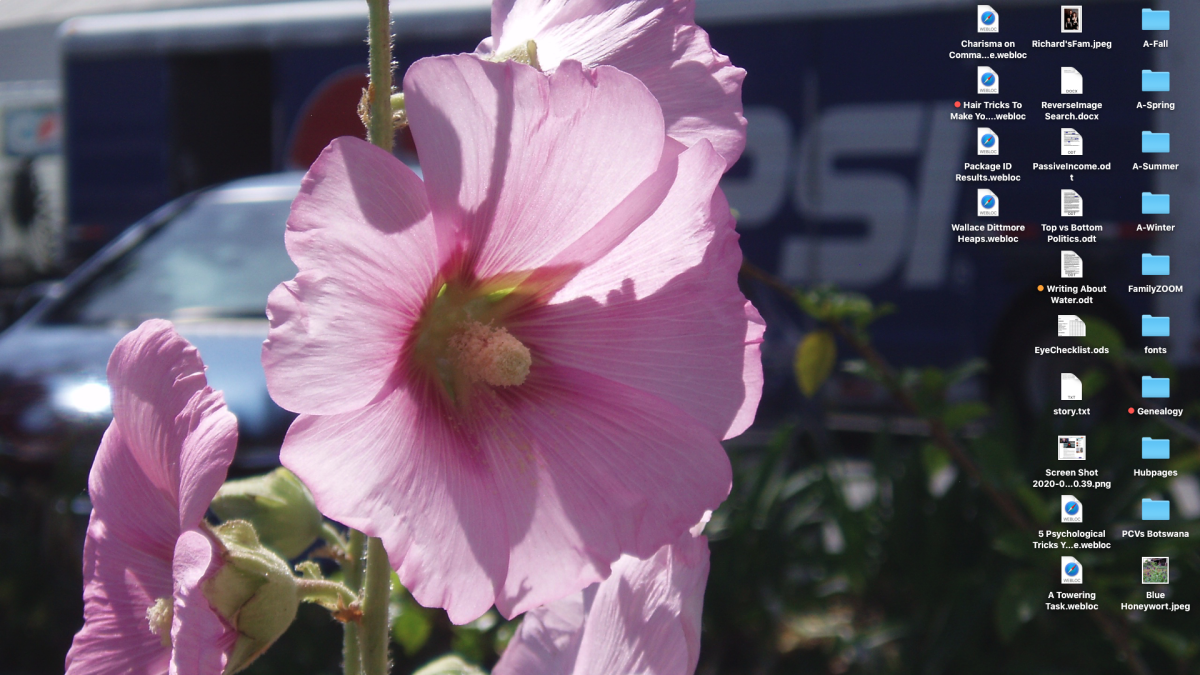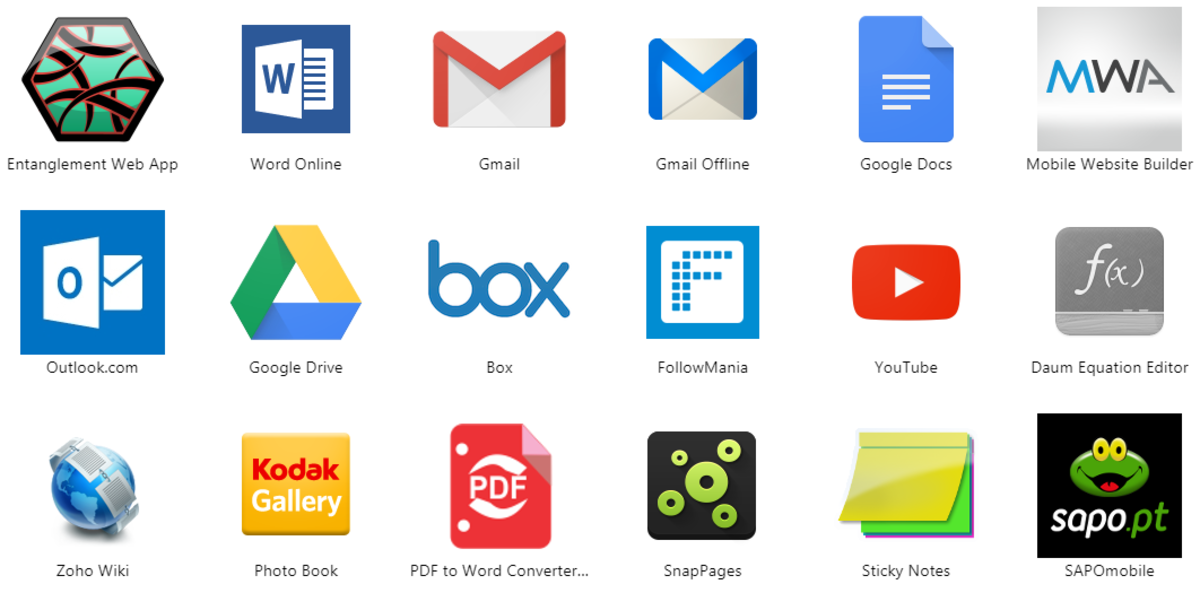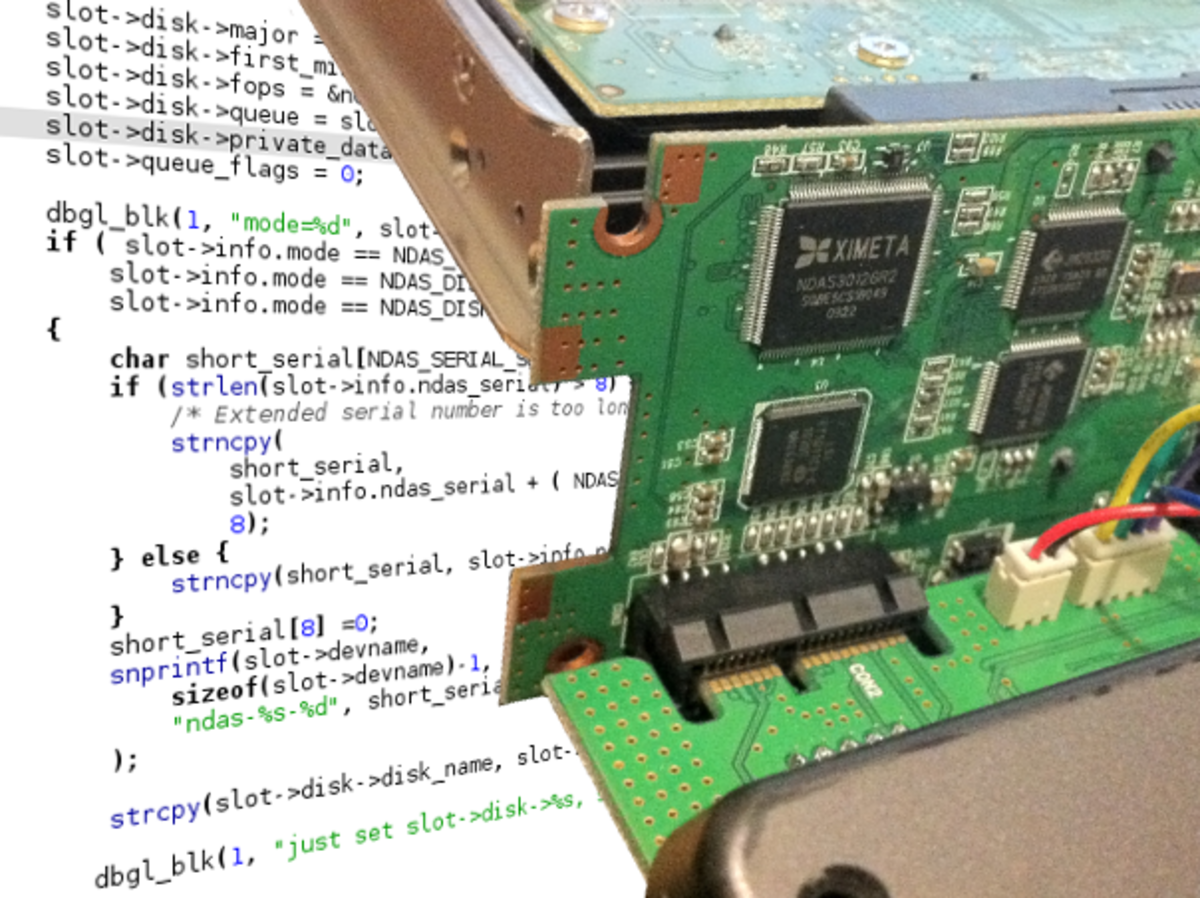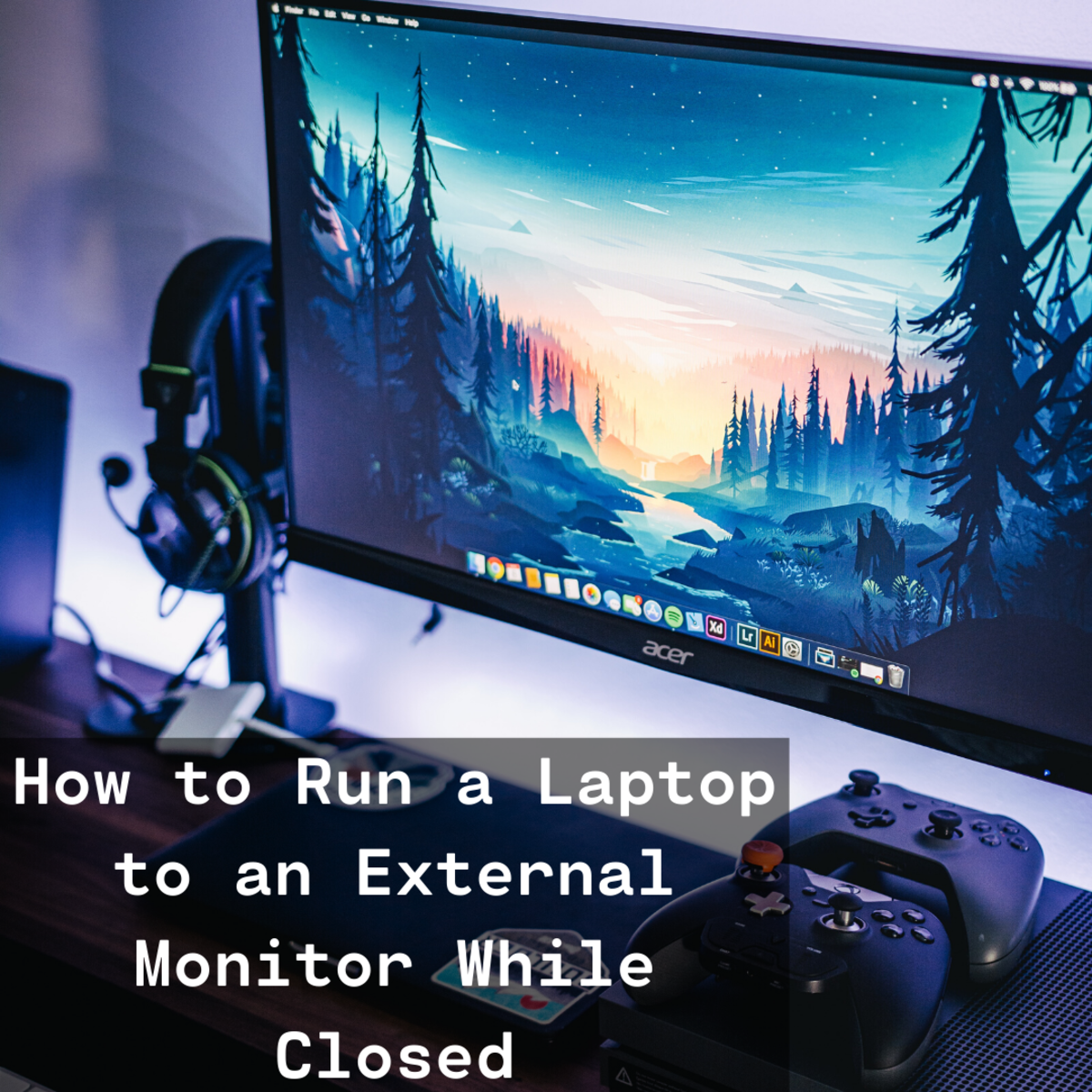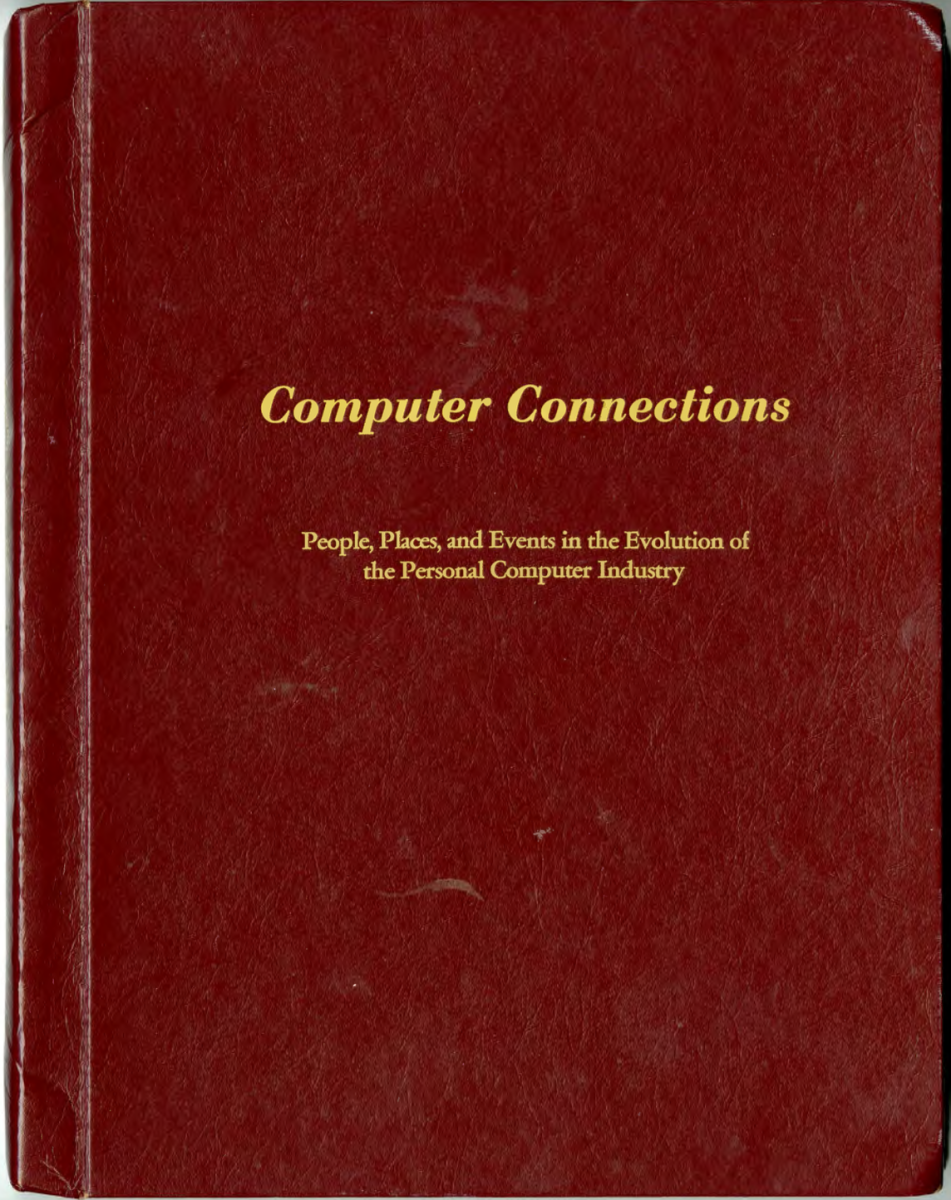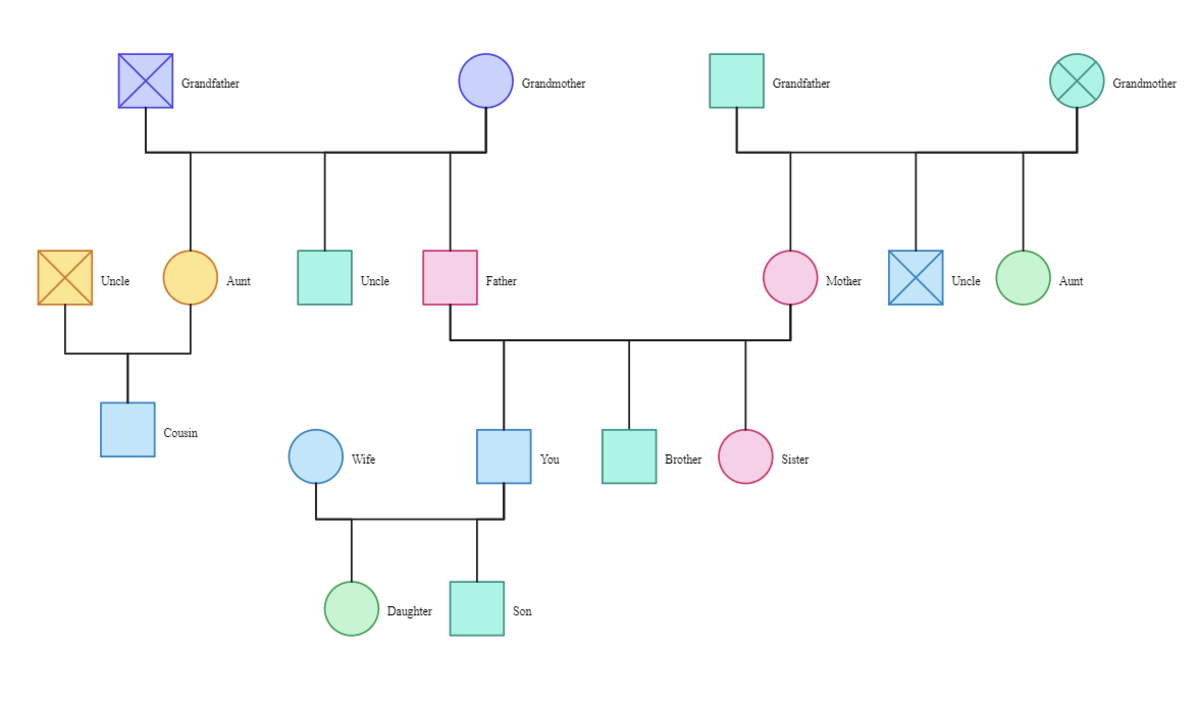Screen Saver: Make Your Monitor Come Alive
Screen Savers Make Your Monitor Come to Life
Make Your monitor come alive with luscious screen saver software. When you walk away from your computer, don't come back to a boring desktop. Look forward to a breathtaking screensaver presentation that will relax you and prepare you to return to doing real work.
Where do screen savers come from?
Operating systems programmers usually include some type of screen saver in the basic configuration of their products. Installing Linux, Windows, or whatever the current Mac OS might be typically beings along a simple screen saver utility that runs automagically. All these operating system-based features can be configured to 'activate' after varying periods of inactivity or behave differently when they do awaken.
Along with the 'free' screen saver software that's bundled with the O/S, screen saver software is available from any number of Internet sites. Some programs are free, some not. The free programs may include a tiny bit of advertising; companies make a buck by selling space on your monitor. In exchange for your attention, you get a pretty picture of a babbling brook or a dew-drenched meadow.
Some computer users are willing to pay a small monthly fee in exchange for a commercial screen saver with no advertising. Other users don't mind being tickled by commercials in between breathtaking vistas and cute kittens.
What is a screen saver?
Long ago, when dinosaurs roamed the Earth and Congress still had some fiscal responsibility, computer monitors would 'burn in' if left on too long. Unless the display was changing on a regular basis, the inner surface of the display would permanently take on the shadow of the current images. A prime example of this is an older ATM. Next time you visit an Automated Teller Machine, look for a shadow (a 'burn in') of the login screen. These devices tend to sit idle for hours while waiting for a customer to insert their ID card. During that idle time, the monitor may be permanently damaged unless the display changes.
Computer users were trained to turn off their monitor when leaving their desk for an extended period. IT professionals advised office workers to lower the brightness setting by twisting a knob or spinning a wheel on the front of the monitor. At the end of the work day, they usually turned off the computer and the monitor.
Screen saver software was invented by uber-smart computer geeks to prevent monitor burn-in. Computer users could download programs that automagically altered the display. Early screen savers called up still photos or simple graphics. The system worked; many monitors were saved from an early death by screen saver utilities.
Fast forwarding to modern technology, burn-in is not as much of a concern. Some display technologies are subject to burn-in, but most monitors can survive long periods where the display doesn't change. Modern operating systems also default to some type of screen saver.
We still refer to this class of software as a screen saver, but its' modern purpose is more suited toward visual stimulation than hardware preservation.
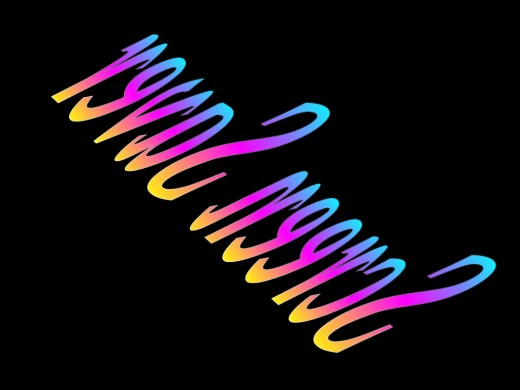
Will a screen saver overload your computer?
Modern desktop computers use little of their processing power. Regardless of the operating system; Windows, Mac, Linux, or Atari 800, the CPU sits idle most of the time. Many users complain of relatively sub-par response time, but there are usually other reasons for slowness:
- The video card and associated software can't update the monitor fast enough,
- The system needs more RAM, leading to too much program swapping,
- The hard drive response time is interminable, or
- The Internet is slow.
A screen saver program consumes very little RAM and only activates when a period of inactivity is detected. The tiny 'footprint' of the program requires almost no RAM or processing time to monitor the keyboard and the mouse. When the user stops clicking and typing, the screen saver program gets a little more greedy. Ostensibly no one needs the computing power at that point. A computer that runs many 'background' programs such as database applications, internet downloads, or complex calculations may not be a good candidate for a screensaver application, but most end-user computers are idle more than they are busy.
A modern screen saver will consume a modest amount of hard drive space and may also download images or other graphics from the Internet. A high-res image displayed at 1024X768 in 24-bit color requires about 3 megabytes to store on a mass storage device. Given that modern computers include 500GB hard drives, one image consumes about 6X10-6 of the total drive space; that's a trivial amount.
Conclusion
Have fun with screen saver software. Look online for different products that will make your computer down time more enjoyable. When you take a phone call you can lose yourself in a visually engaging screen saver, rather than staring at that spreadsheet.
